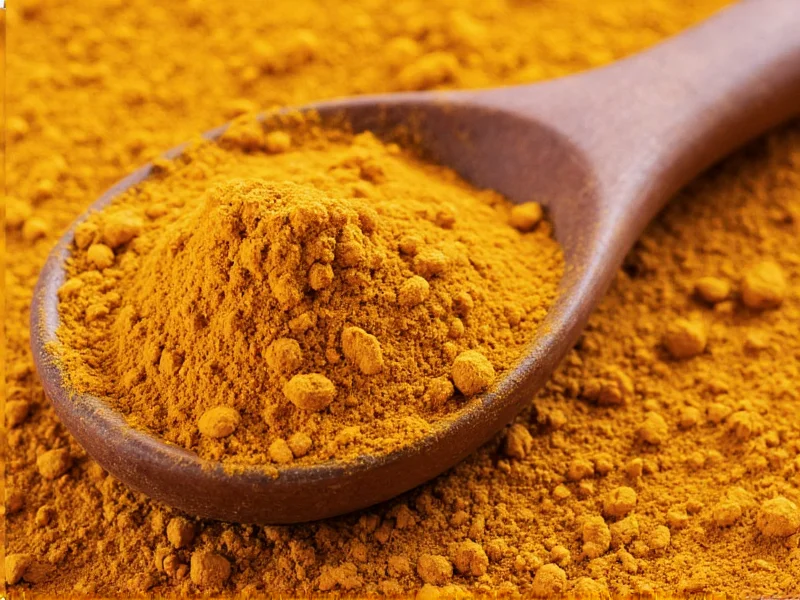If you're looking for alternatives to curry powder, the best substitutes include garam masala (use 1:1 ratio), a custom blend of turmeric, cumin, coriander and ginger (1 tsp turmeric + 1/2 tsp each cumin, coriander, ginger), or curry paste diluted with water (1 tbsp paste = 1 tsp powder). Each alternative offers different flavor profiles depending on your recipe needs.
Running out of curry powder doesn't have to derail your cooking plans. Many home cooks face this common kitchen dilemma when preparing favorite dishes. Understanding the right curry powder alternatives ensures your recipes maintain authentic flavors while accommodating ingredient availability. This guide provides practical, tested substitutions that work across various cuisines and dietary requirements.
Understanding Curry Powder Composition
Before exploring alternatives, it's helpful to understand what makes curry powder unique. Traditional curry powder isn't a single spice but a blend typically containing turmeric (providing the yellow color), coriander, cumin, fenugreek, mustard seeds, and various other spices depending on regional variations. The exact composition varies significantly between brands and regions, which explains why finding suitable substitutes requires understanding flavor profiles rather than exact replacements.
Top 5 Practical Curry Powder Alternatives
1. Garam Masala: The Closest Flavor Match
Garam masala serves as the most accessible curry powder alternative in many kitchens. While it lacks turmeric's distinctive color, it shares many base spices. Use a 1:1 substitution ratio in most recipes, but add a pinch of turmeric for color when appearance matters. This alternative works particularly well in vegetarian curry powder alternatives for dishes where color isn't critical.
2. Custom Spice Blend: Control Your Flavor Profile
Creating your own blend gives you complete control over flavor intensity and composition. The basic formula for homemade curry powder substitute is:
| Spice | Measurement | Flavor Contribution |
|---|---|---|
| Turmeric | 1 teaspoon | Earthiness, yellow color |
| Ground Cumin | 1/2 teaspoon | Warm, nutty base note |
| Ground Coriander | 1/2 teaspoon | Citrusy, floral notes |
| Ginger Powder | 1/4 teaspoon | Subtle heat and warmth |
| Cayenne Pepper | Pinch | Adjustable heat level |
This blend works exceptionally well as a curry powder alternative for Indian cooking, allowing you to adjust spice levels to personal preference. For Thai-inspired dishes, consider adding lemongrass powder or galangal.
3. Curry Pastes: Intense Flavor Alternative
Red, yellow, or green curry pastes make excellent substitutes when properly diluted. Use 1 tablespoon of paste for every teaspoon of curry powder called for in your recipe. This curry paste instead of curry powder substitution works particularly well in soups and stews where additional liquid won't affect texture. Remember that curry pastes contain oil and salt, so you may need to adjust other ingredients accordingly.
4. Individual Spices: Targeted Flavor Replacement
When you need specific flavor components without the full curry profile, consider these targeted substitutions:
- Turmeric + cumin: Best for color and earthy base (use 3:1 ratio)
- Coriander + ginger: Ideal for citrusy notes in seafood dishes
- Fenugreek + mustard powder: For authentic South Indian flavor profiles
This approach works well for what to use instead of curry powder in chicken recipes where you want to highlight specific flavor elements.
5. International Blends: Cultural Variations
Explore global spice traditions for unique alternatives:
- Ras el hanout (North African blend): Adds floral notes
- Berber spice mix: For earthier, more robust dishes
- Chinese five-spice: Creates an interesting fusion profile
These easy curry powder replacement options work particularly well when experimenting with fusion cuisine.
Substitution Guidelines by Recipe Type
Not all curry powder alternatives work equally well across different dishes. Consider these recommendations when choosing your substitute:
- Creamy curries: Use garam masala with added turmeric for best results
- Dry spice rubs: Opt for custom spice blends to control moisture content
- Soups and stews: Curry pastes provide excellent depth of flavor
- Marinades: Individual spices allow precise flavor control
Creating Your Own Signature Curry Blend
When time permits, making your own curry powder ensures freshness and customization. The basic process takes just minutes:
- Toast whole spices (coriander seeds, cumin seeds, mustard seeds) in a dry pan for 2-3 minutes until fragrant
- Cool completely, then grind to a fine powder
- Mix with pre-ground turmeric, ginger, and optional spices
- Store in an airtight container away from light
This how to make curry without curry powder method produces superior flavor compared to commercial blends. For gluten-free curry powder substitutes, ensure all components are certified gluten-free, as some commercial blends may contain fillers.
Adjusting Recipes When Substituting
Successful substitution requires more than simple ingredient swapping. Consider these adjustments:
- Acidity balance: Curry powder often contains amchur (mango powder); add a squeeze of lemon if using alternatives without this component
- Color adjustment: When substituting without turmeric, consider saffron or annatto for golden hue
- Moisture content: Paste alternatives add liquid; reduce other liquids slightly
- Flavor development: Bloom spice alternatives in oil before adding other ingredients
Understanding these nuances transforms your best spice blend substitute for curry powder from a simple replacement to an opportunity for culinary creativity.
Storage and Shelf Life Considerations
Homemade alternatives typically have shorter shelf lives than commercial curry powder. Store custom blends in airtight containers away from light and heat. Most homemade spice mixes retain optimal flavor for 3-6 months, compared to 1-2 years for commercial curry powder. For longer storage, consider freezing spice blends in ice cube trays with oil for ready-to-use portions.











 浙公网安备
33010002000092号
浙公网安备
33010002000092号 浙B2-20120091-4
浙B2-20120091-4